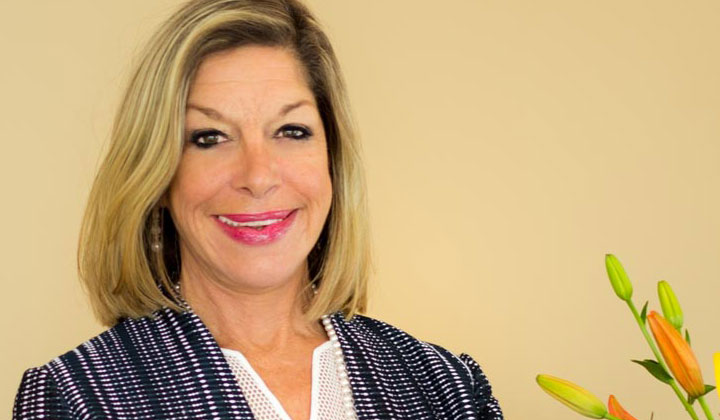As Seen in Multi-Housing News
Although occupancy for senior housing has decreased from 87.7 percent to 84.9 percent, according to data from NIC MAP Data Service, demand continues to be strong. Belmont Village Senior Living recently entered the South Florida market with its first luxury senior living community in Florida, and announced its second location in a partnership with Baptist Health South Florida. The senior housing developer, owner and operator currently has 31 properties in its portfolio and plans to grow on both coasts, California and South Florida. Founder & CEO Patricia Will talks about how the pandemic crisis impacted occupancy in senior housing and her expectations on how the sector will perform in the upcoming years.
As elderly people are the most vulnerable when it comes to the coronavirus, measures to minimize the effects of the health crisis are even more important in the senior housing sector. Will shares what actions the company has taken to mitigate the risk of infection and what amenities will be indispensable in a post-coronavirus world.
Has demand for senior housing properties changed this year?
Will: In all honesty, I don’t believe that demand for senior housing and care has changed. Our ability to fulfill that demand has changed, dramatically. Prior to moving in, a resident must test negative for COVID-19. Then, they spend the first week of their stay in apartment quarantine, pending negative results on a second test. This alters the cadence of the move-in process, but we try to make it joyful, nevertheless.
According to a report from the National Investment Center for Seniors Housing & Care, the pandemic has pushed occupancy rates at senior housing properties across the U.S. to all-time lows. What does this mean for senior housing investors and developers?
Will: Back in March of this year, as COVID-19 hit major cities across America, most senior housing providers shut the front door and worked tirelessly to test, acquire personal protective equipment and adjust to real rigor for mitigating contagion. Our entire focus was on the inside. With no new residents and natural attrition, occupancy dips quickly. And, while most providers have now begun to take new move-ins, we are all at risk of starts and stops, depending upon the incidence of COVID-19.
We have all experienced tremendous incremental costs, mainly for testing and PPE. That said, we have completed numerous reforecasts at Belmont and our communities still deliver quality returns. Companies that are over-leveraged are likely seeing a much bleaker picture.
What special measures did you take to minimize the effects of the coronavirus outbreak across your portfolio?
Will: We were able to quickly pivot to our clinical experience in infection control for the seasonal flu, which provided a solid foundation. We immediately restricted access to essential healthcare workers and our employees, delivered meals to apartments, developed engaging individual activities and launched sophisticated telemedicine platforms in-house. In addition, we sourced and distributed roughly $2 million of PPE to our 31 communities and acquired serious in-house testing capabilities for both residents and employees. We continue to innovate in all these areas.
Belmont Village recently partnered with Baptist Health South Florida to build the company’s second Florida property. What can you tell us about this partnership? What makes this Coral Gables project stand out?
Will: Our partnership with Baptist Health is both strategic and financial. Strategically, we came together to create a senior health and wellness platform through the integration of hospitality and healthcare, such as the onsite Healthy Living Center by Baptist Health and Belmont’s award-winning programming within our Coral Gables community. Financially, Baptist is our institutional equity investor in this project and future South Florida projects that we are already working on. This creates an alignment of interests that is unique to our strategic vision.
In the post-pandemic world, what will be the most important features and amenities at senior housing communities?
Will: Two important features come to mind. First, a major bandwidth for technology. Since COVID-19 began, we loaded our communities with tablets so seniors could communicate with families. Telemedicine is also important and will outlive the pandemic. Without serious technology infrastructure, I don’t know how you survive.
Additionally, space, and especially outdoor space, is critical. We are now making ample dining rooms, bistros and outdoor terraces work with two to an eight top. Roughly 45 percent of our buildings consist of gracious common areas, which is a blessing when safe social distances are 6 feet or more.
Your company’s portfolio has reached 31 senior housing communities throughout the country. What are your plans going forward?
Will: We will continue to grow on both coasts, especially in California, from San Diego to the Bay Area, and South Florida, especially Palm Beach, Broward and Miami-Dade counties. We love mixed-use and will also continue to pursue projects like our recently opened community at Lincoln Common.
How do you expect the senior housing sector to perform in the next few years?
Will: When you drop 800 basis points of occupancy by restraining move-ins, it takes a while to get it back. In addition, we will continue to take hits to expenses until we get past COVID-19. That said, there is a lot of pent-up demand for what we do, and we are seeing that already. Seniors and their families realize that it is better to be in a quality community than to be home alone. In the end, 2020 and 2021 will not be our best, but during these difficult times, we are seeing real demand for our product and terrific brand loyalty.
Read the complete article on multihousingnews.com.
